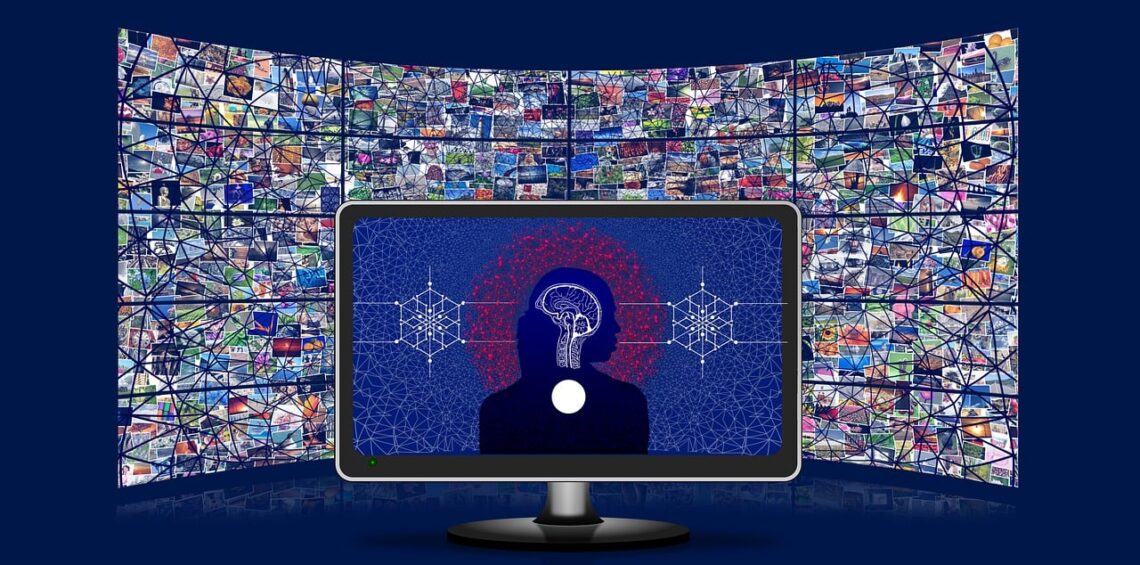
Revolutionizing Healthcare Through Technology: Indian-Origin Innovators
Indian-origin innovators have played a pivotal role in revolutionizing space technology, making
significant contributions that have shaped the trajectory of space exploration and satellite
technology globally. Their work spans from complex algorithms to the development of advanced
satellites, impacting not only the space industry but also various other sectors such as
communication, weather forecasting, and navigation.
A key contribution lies in the development of algorithms that optimize satellite systems, enhance
image processing capabilities, and improve data analysis. These algorithms have made it possible
for satellites to perform with greater precision, enabling applications such as Earth observation,
remote sensing, and GPS. The influence of Indian-origin researchers in the development of
space-based communication systems has also been transformative, allowing for more efficient
satellite communication and data transmission.
In the field of satellite technology, Indian-origin scientists have significantly advanced the
design, launch, and operational efficiency of satellites. Their work has been integral to launching
low-cost satellites that serve critical purposes in global communications, agriculture, disaster
management, and environmental monitoring. These innovations have been crucial for enhancing
global connectivity and delivering real-time information to remote regions of the world.
Additionally, Indian-origin engineers have made groundbreaking advancements in the
miniaturization of satellite technology, leading to the rise of small and nano satellites. These
compact devices are far more cost-effective, allowing nations and private companies to launch
numerous satellites for research and development, creating a new era of space exploration.
Overall, Indian-origin contributions to space tech have empowered both nations and industries
by offering advanced solutions for complex challenges in space exploration and satellite
operations, solidifying their role in the future of space technology.